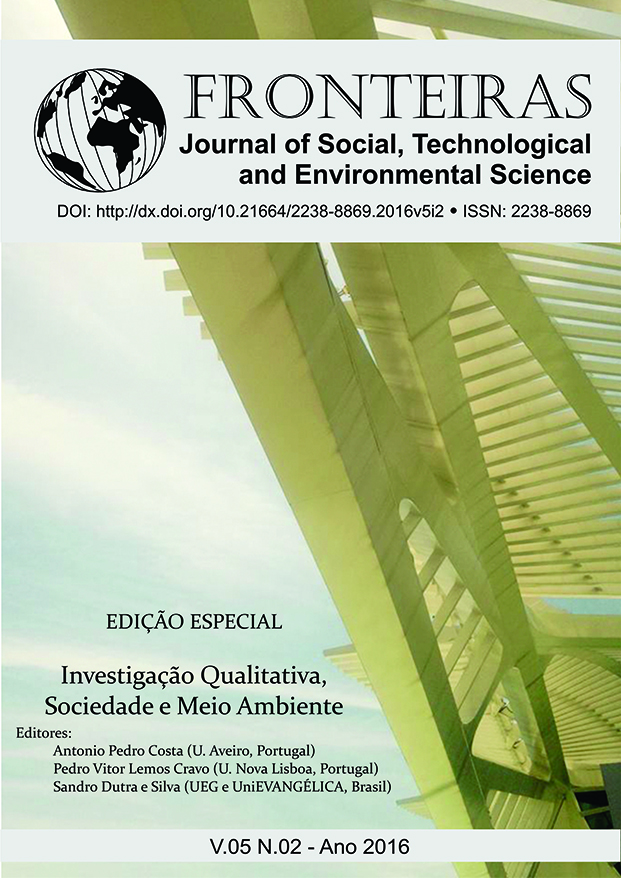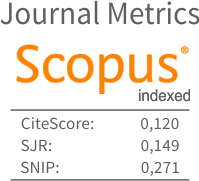System Structure of the Economy: qualitative time-space analysis
DOI:
https://doi.org/10.21664/2238-8869.2016v5i2.p61-81Resumen
This article focuses on the development of the system economic theory based on the system paradigm formulated by J. Kornai and the space-time approach, both of which combined open new perspectives in the economic analysis of real objects. From this standpoint each economic system has two groups of dimensional characteristics – spatial and temporal, which determine its natural boundaries. Therefore, all economic systems may be divided into four classes: object, environment, process and project systems. Stylized production functions of different economic system types are presented. It is shown that in the process of functioning and exchanging of primary (basic) resources the four types of systems are connected into stable complexes – tetrads. The question of the system balance of the economy and the methods of its measurement and analysis are considered. Recommendations on the formulating and pursuing of economic policy aimed at ensuring system sustainability of the economy are provided.Citas
Blaug M 1997. Ugly Currents in Modern Economics. Options Politiques 18(17):3-8.
Bodenstein M 2013. Equilibrium stability in open economy models. Journal of Macroeconomics 35: 01-13.
Brancaccio E, Fontana G (eds) 2011. The Global Economic Crisis: New Perspectives on the Critique of Economic Theory and Policy. Routledge Frontiers of Political Economy. Routledge, London, 352 pp.
Davar E 2011. Flaws of Modern Economic Theory: The Origins of the Contemporary Financial – Economic Crisis. Modern Economy 2: 25-30.
Fullbrook E (ed) 2003. The crisis in economics: The post-autistic economics movement: The first 600 days. Routledge, London and New York, 226 pp.
Georgiou I 2007. Thinking Through Systems Thinking. Routledge, London, 247 pp.
Giddens A 1981. Agency, institution, and time-space analysis. In K Knorr-Cetina and AV Cicourel (eds), Advances in Social Theory and Methodology: Toward an Integration of Micro and Macro-sociologies. Routledge and Kegan Paul, Boston, p.161-174.
Hahn FH 1991. The next hundred years. Economic Journal 101(404):47-50.
Haines S 2000. The Systems Thinking Approach to Strategic Planning and Management. CRC Press, Boca Raton, FL, 388 pp.
Heilbroner R, Milberg W 1995. The Crisis of Vision in Modern Economic Thought. Cambridge University Press, Cambridge, 131 pp.
Hodgson GM 2007. Evolutionary and Institutional Economics as the New Mainstream? Evol. and Inst Econ. Rev. 4(1):07-25.
Kamitake Y 2009. Fundamental concepts for economic systems theory. Hitotsubashi Journal of economics 50(2):75-86.
Kirman A 2010. The Economic Crisis is a Crisis for Economic Theory. CESifo Economic Studies 4(56):498-535.
Kleiner GB 2009. A New Theory of Economic Systems and Its Application to Economic Policy Studies. RRC Working Paper Series 13, The Institute of Economic Research, Hitotsubashi University, Tokyo, 29 pp.
Kleiner GB 2011a. A new theory of economic systems and its applications. Herald of the Russian Academy of Sciences 81(5):516-532.
Kleiner GB 2013. Kakaja Ekonomika Nuzhna Rossii i Dlya Chego? (opyt sistemnogo issledovaniya) (What Kind of Economy does Russia Need and for What Purpose? (An Attempt of System Analysis). Voprosy ekonomiki (Issues in Economics) 10: 04-27 (in Russian).
Kleiner GB 2015a. State – Region – Field – Enterprise: Framework of economics system stability of Russia Part 1. Economy of Region 2: 50-58.
Kleiner GB 2015b. State – Region – Field – Enterprise: Framework of economics system stability of Russia Part 2. Economy of Region 3: 09-17.
Kleiner GB, Rybachuk MA 2016. Qualitative taxonomy of socio-economic systems and system self-organization. Proceedings ISQR2016. 1st International Symposium on Qualitative Research – Volume 5. Ludomedia, Porto, p.42-51.
Kornai J 1998. The System Paradigm. William Davidson Institute Working Papers Series 278, William Davidson Institute at the University of Michigan, 26 pp.
Kornai J 2000. What the Change of System from Socialism to Capitalism Does and Does Not Mean. Journal of Economic Perspectives 14(1):27-42.
Luhmann N 1996. Social Systems. Writing Science. Stanford University Press, Stanford, 684 pp.
Palley TI 2015. The theory of global imbalances: mainstream economics vs structural Keynesianism. Review of Keynesian Economics 3(1):45-62.
Polterovitch VM 1998. Krizis Ekonomicheskoy Teorii (Crisis of Economic Theory). Ekonomicheskaya Nauka Sovremennoy Rossii (Economic Science of Contemporary Russia) 1: 46-56 (in Russian).
Rybachyk MA 2014. Analiz i Izmerenie Proporcij Sistemnoj Struktury Organizacii: Primer Universiteta “Dubna†(Analyzing and Measuring the Proportions of the System Structure of the Organization: the Case of Dubna International University). Ekonomicheskaya Nauka Sovremennoy Rossii (Economic Science of Contemporary Russia) 3(66):130-146 (in Russian).
Saadaoui J 2015. Global imbalances: Should we use fundamental equilibrium exchange rates? Economic Modelling 47: 383-398.
Stiglitz J 2010a. Needed: a new economic paradigm. Financial Times, 20 August.
Stiglitz J 2010b. An Agenda for Reforming Economic Theory. Presented at the Institute for New Economic Thinking's (INET) conference. Cambridge, 9 April.
Wu J 2013. Imbalance and Balance of China’s Economy – A Perspective of Policy Combination. Journal of Shanghai Finance University 3: 66-76.
Descargas
Publicado
Cómo citar
Número
Sección
Licencia
Esta revista oferece acesso livre imediato ao seu conteúdo, seguindo o princípio de que disponibilizar gratuitamente o conhecimento científico ao público proporciona maior democratização mundial do conhecimento.
A partir da publicação realizada na revista os autores possuem copyright e direitos de publicação de seus artigos sem restrições.
A Revista Fronteiras: Journal of Social, Technological and Environmental Science segue os preceitos legais da licença Creative Commons - Atribuição-NãoComercial 4.0 Internacional.


